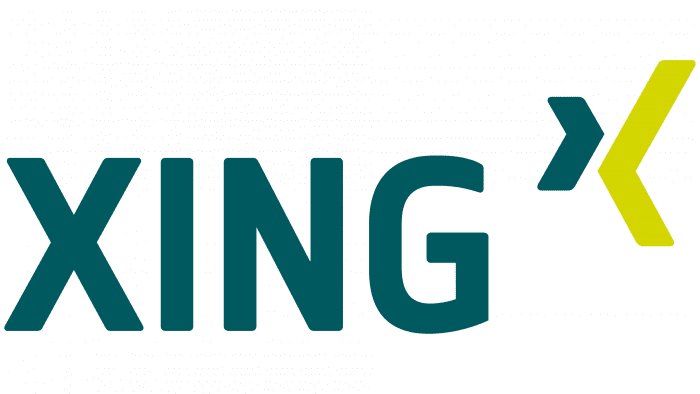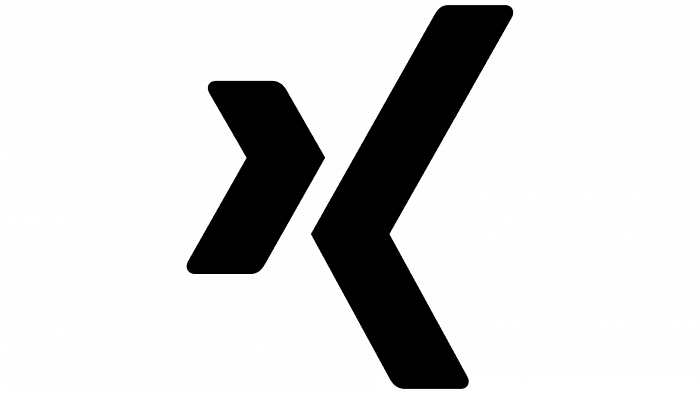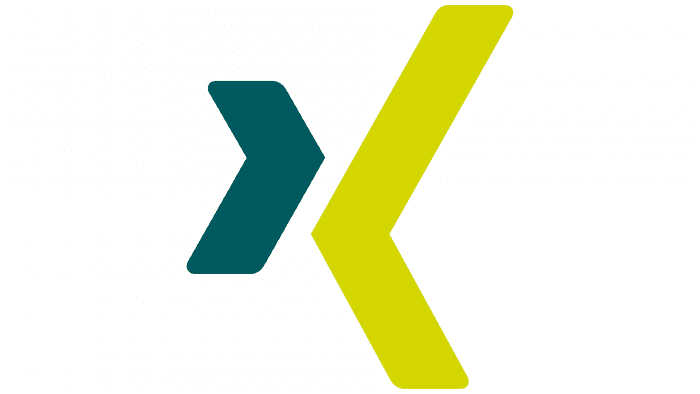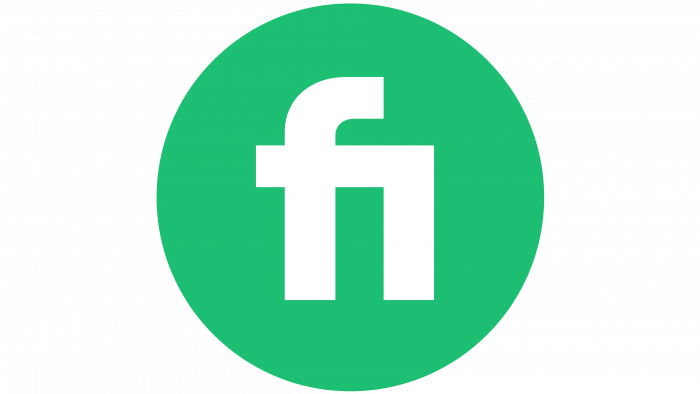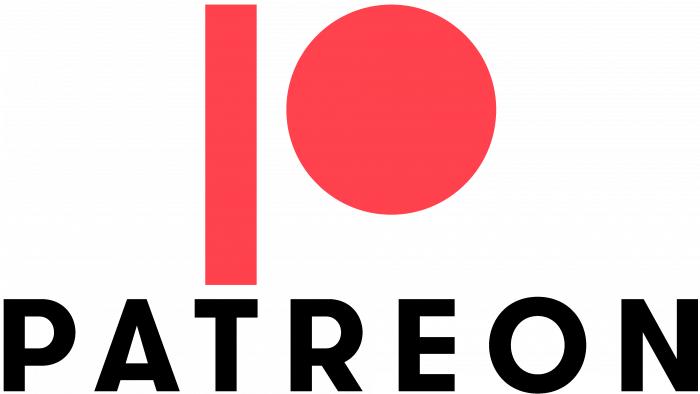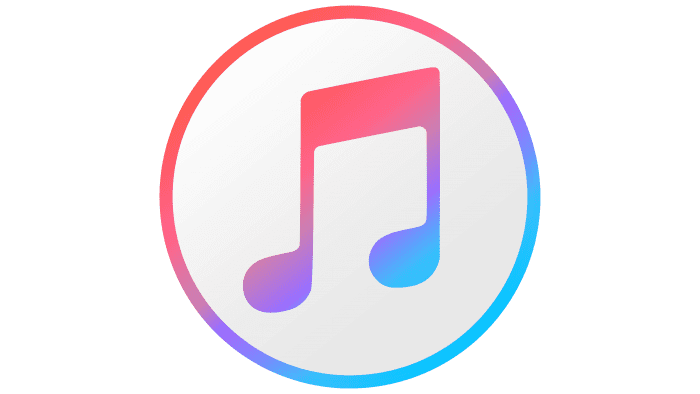The Xing logo depicts business partners meeting in an informal setting for communication and closer acquaintance. Here everyone can show themselves and see the community’s reaction to their style and image. The emblem demonstrates the association of business people for easy communication.
Xing: Brand overview
| Founded: | August 2003 |
| Headquarters: | Hamburg, Germany |
| Website: | xing.com |
German social network Xing is a direct competitor to its American counterpart LinkedIn. Its target audience includes business people who keep in touch with colleagues, clients, and friends over the Internet. Another group is made up of companies wishing to present themselves with an individual profile.
The platform is in demand among German-speaking users, although the interface has been translated into dozens of other languages, including Turkish, Chinese, Russian, French, and English. The site provides many features: database searches, event calendars, email, discussion forums, job sharing, and anything else that helps you run your business.
Meaning and History
The Xing brand was officially launched in 2007, but the social network itself has existed since 2003. In its early years, it was known as OpenBC. The full version without an abbreviation (Open Business Club) revealed the essence of the platform. Then it was renamed Xing, making the name more abstract.
German entrepreneur Lars Hinrichs is the creator of an international online network for managing professional contacts. The portal is now managed by the Hamburg-based company New Work SE, and since 2012, Hubert Burda Media has been controlling the shareholding. So Xing is one of the global media company brands and Digital Life Design, HolidayCheck Group, InStyle, and Cyberport.
What is Xing?
Xing is a German social network created in 2003 for business people. It helps establish professional connections, communicate on business topics, view current job vacancies, post resumes, and engage in recruiting. It is an excellent place for exchanging experiences, knowledge, and career advancement. New Work SE owns the online service.
Despite numerous structural changes, the site continues to operate in the same format as before. Users are offered free basic services and special features for premium subscribers. For example, those who wish can buy the ability to send messages with attached files, display statistics reports, and advanced search.
Xing’s logo has changed at least once because, in the past, this network was called the Open Business Club. The first version contained a gray “openBC” lettering, with lowercase letters thin and straight and uppercase letters bold and italic. After the renaming, the platform began to use a different wordmark – “XING.” The name is now blue-green and written in uppercase.
In addition to the full XING logo, the portal has a short emblem with a stylized X. The icon consists of two curved lines that face each other at their corners. The left stripe is shorter than the right one. Also, they differ in color: if one side is blue-green, then the other is neon-yellow. Geometric shapes are not connected, so they cannot be called full-fledged letters. Rather, it is a vivid abstraction, vaguely reminiscent of “X.” The official manual states that the icon must necessarily have square proportions. It is usually placed in a white square with rounded corners.
Xing: Interesting Facts
Xing, now called New Work SE, is a key professional networking site, mainly in German-speaking countries like Germany, Austria, and Switzerland. Since starting in 2003, it’s helped people in these areas connect, share ideas, and find jobs.
- Early Days: Xing was among the first of its kind, starting even before LinkedIn. It was first called “openBC” but changed to Xing in 2006.
- Big in German-Speaking Europe: While LinkedIn is known worldwide, Xing is the go-to in German-speaking Europe, tailored to their work culture.
- Stock Market Listing: In 2006, Xing was listed on the Frankfurt Stock Exchange, making it an early public player in the professional social networking world.
- More Than Networking: Xing does much more than help you meet professionals. It has job ads, company reviews, salary guides, events, and groups for sharing professional advice.
- Growth Through Buying Companies: Xing grew by buying companies like Kununu, which expanded its user offerings and strengthened its market position.
- Privacy Matters: In Europe, privacy is big, and Xing takes it seriously, following strict data protection laws, which helps draw in privacy-conscious users.
- Becoming New Work SE: In 2019, it changed its parent company’s name to New Work SE to show it’s more than networking—it’s about the changing world of work, including digital shifts and balancing work with life.
- Learning and Networking Events: Xing organizes many events and offers educational content to help professionals grow and connect.
- Tools for Freelancers and Businesses: It has special features for freelancers and companies, like project marketplaces and hiring tools, to meet different needs.
- Groups for Collaboration: There are many groups on Xing where professionals can talk about industry news, share advice, and help each other.
Xing remains a favorite in the DACH region because it understands and meets the needs of professionals there. With its focused services, attention to privacy, and resources for career growth, Xing stands out in Europe’s professional networking scene.
Font and Colors
The creators of the logo developed the inscription’s design and did not use standard fonts. Perhaps they took a variety of grotesque as its primary principle to give it a new form. The corners of the letters are rounded, the lines are symmetrical, and the strokes’ width is everywhere.
The inscription is blue-green (# 026466) and is on a white background. The icon is more colorful: in addition to blue-green, there is neon-yellow (# CFDC00). Both shades represent the Xing brand in the social media segment of the business line.
Xing color codes
| Blue Lagoon | Hex color: | #026466 |
|---|---|---|
| RGB: | 2 100 102 | |
| CMYK: | 98 2 0 60 | |
| Pantone: | PMS 323 C |
| Electric Lime | Hex color: | #cfdc00 |
|---|---|---|
| RGB: | 207 220 0 | |
| CMYK: | 6 0 100 14 | |
| Pantone: | PMS 389 C |
